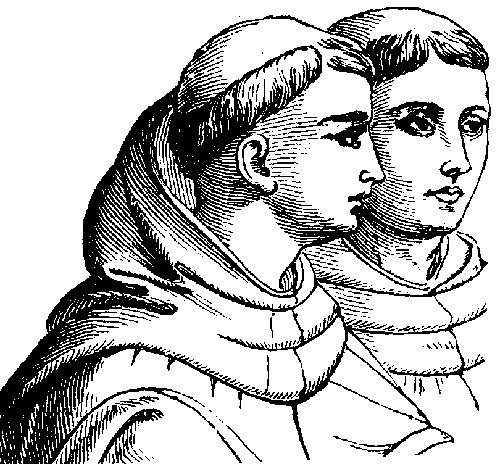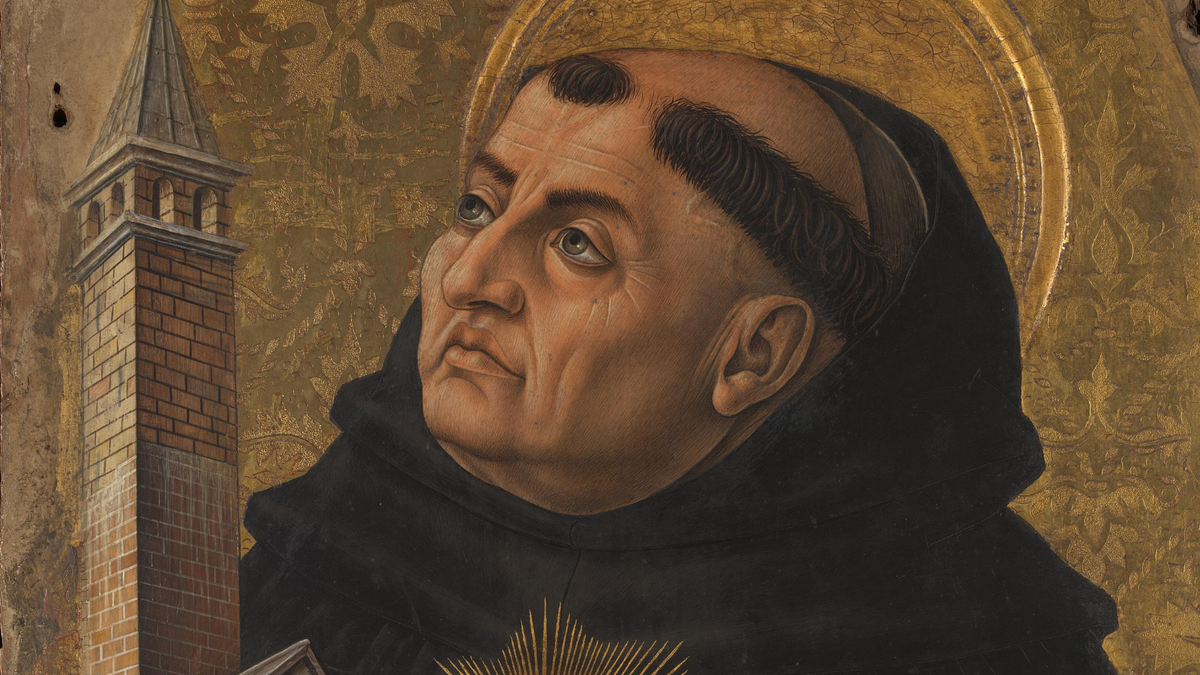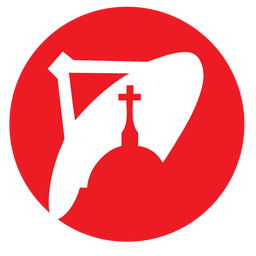- Feb 5, 2002
- 166,647
- 56,274
- Country
- United States
- Faith
- Catholic
- Marital Status
- Married
- Politics
- US-Others
Why did monks have that haircut?
Artistic depictions of saints like Saint Anthony of Padua, Saint Francis of Assisi, and even Saint Thomas Aquinas, show them with a similar haircut.
This style involved shaving the top of the head but leaving a circle or halo shape of hair around the head.
 Wikimedia Commons, Public Domain
Wikimedia Commons, Public Domain
During medieval times, clerics in a few orders (most notably Dominicans and Franciscans) were marked by a haircut some today would refer to as bizarre.
The practice of tonsure has been recorded since the end of the fifth century. Pope Paul VI abolished the tonsure in 1972.
According to the Catholic Encyclopedia,
Continued below.

 www.churchpop.com
www.churchpop.com
Artistic depictions of saints like Saint Anthony of Padua, Saint Francis of Assisi, and even Saint Thomas Aquinas, show them with a similar haircut.
This style involved shaving the top of the head but leaving a circle or halo shape of hair around the head.

During medieval times, clerics in a few orders (most notably Dominicans and Franciscans) were marked by a haircut some today would refer to as bizarre.
The practice of tonsure has been recorded since the end of the fifth century. Pope Paul VI abolished the tonsure in 1972.
According to the Catholic Encyclopedia,
“Tonsure (Lat. tondere, “to shear”), a sacred rite instituted by the Church by which a baptized and confirmed Christian is received into the clerical order by the shearing of his hair and the investment with the surplice.”
The encyclopedia also notes that it has been "passed out of use" for the most part, although some communities still wear them."As to the monastic tonsure, some writers have distinguished three kinds: (1) the Roman, or that of St. Peter, when all the head is shaved except a circle of hair; (2) the Eastern, or St. Paul’s, when the entire head is denuded of hair; (3) the Celtic, or St. John’s, when only a crescent of hair is shaved from the front of the head.”
Continued below.

Why Did Monks Have That Haircut? The Little-Known Meaning of Monastic Tonsure
Why did monks have that haircut?
